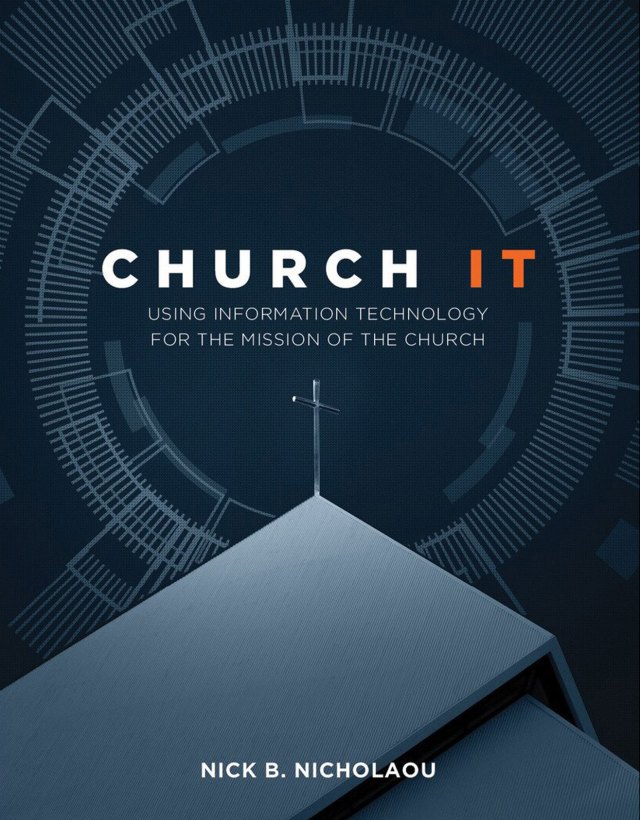Leaders can’t afford to assume that anyone who drives or owns a car is suitable to drive for the church. Instead, leaders should use only qualified drivers who are properly insured, and who have safe driving records.
For the purpose of screening, drivers can be classified into two groups: regular and occasional drivers. The first group consists of individuals who drive church vehicles, or who drive their own vehicle for the church, on a frequent basis. The second group includes individuals who drive their own vehicle for the church, but only infrequently.
It should be noted that both groups represent the church, and that the church potentially can be held liable for the actions of both groups while driving on their behalf. Because of this, reasonable care must be taken when it comes to the selection and screening of drivers for both groups.
Establish standards for drivers
A starting point in the screening process is to establish standards that all drivers must meet. At the very minimum, all drivers should have a valid driver’s license for the type of driving they perform, and should have insurance.
A church needs to exclude drivers with bad driving records, though establishing these standards is challenging since not all leaders share the same perspectives on this issue. One approach to this problem is for the church to consult other community organizations as part of a comparative needs assessment.
For example, leaders can check with the local public school district concerning their standards for school bus drivers, and for any other driver (paid or volunteer) who drives for school-related activities. The public school’s policy may serve as a good baseline for local churches in establishing their own standard of reasonable care.
Conforming to the public school’s standard provides the church with a rationale that could be important if an accident were to occur and the church had to defend itself in a court of law. Other organizations may also be checked, such as AAA, taxi companies, or bus companies. Your church insurance company may also provide guidelines.
Use the screening form
Once standards have been established, both regular and occasional drivers should complete a screening form (See the “Travel Forms” section, below). Most screening forms collect background information (name, address, driver’s license number and status, and insurance company); ask specific questions concerning the individual’s driving history (number and type of tickets, accidents, suspensions, revocations); state organizational policies and procedures for drivers; and provide a place for the driver to sign indicating that he or she has truthfully completed the form, has current auto insurance, and agrees to abide by the organization’s policies and procedures. The church or school can raise the standard of care to an even higher level by having the driver list two references, which are then contacted.
The question often arises if the standard of care in screening the drivers should be the same for both regular drivers and occasional volunteer drivers. An argument can be made that the standard of care should be higher for those who drive frequently or who drive church vehicles. The church can achieve a higher standard of care by conducting a background check on individuals concerning their driving history. These checks are relatively inexpensive and can be arranged through the church’s insurance company. Leader’s should discuss the use and need for background checks with their insurance agent.
Key Point: Driver’s who work with children need additional screening to reduce the risk of child sexual abuse.
Implement a screening program
Finally, and perhaps the most challenging of all concerns, is this question: how can a church implement a screening program? Often, church leaders recognize the rationale for screening drivers, but feel that they cannot do it within their own congregations.
The two most common arguments against screening drivers are as follows: (1) screening is offensive and will repel potential volunteers; and (2) screening is too burdensome—the church cannot administer the program effectively. Both concerns are legitimate, but effective solutions exist.
Four key factors affect the viability of a screening program: (1) gaining the support of leaders, (2) establishing a workable screening process, (3) education and training, and (4) accountability.
1. Gaining the support of leadership. Gaining the support of leaders is necessary both to initiate a program and to sustain it over time. In gaining the support of leaders, it is important to allow safety to emerge out of the ministry values of the congregation itself. Another powerful factor that attracts the attention of leaders is potential liability—both personal and corporate. No church or church leader wants to become involved in litigation. Once leaders recognize that screening is consistent with the ministry values of the church, and that it serves the interests of the entire community, a basis exists to proceed.
In gaining the support of leaders, you will need to develop a rationale for a screening program. While a rationale is insufficient in and of itself, it is necessary to build support for screening. The following factors can help strengthen your rationale:
- Providing safety arises out of biblical concepts such as being a good shepherd and being good stewards. Jesus elevates in importance the need to care for children.
- Screening is consistent with the church’s mission.
- Like all organizations within the community, churches have a legal obligation to provide for the safety and welfare of members and visitors.
- Screening is a standard practice in other organizations, such as public schools and day care centers that transport youth and children. The church will be held to the same standard of care as these other organizations.
- Failure to engage in reasonable care can result in potential charges of negligence if an accident should occur. The penalties can be substantial.
- Parents want the best possible care for their children. A church that promotes safety is appealing to an important value that most people share in common. It attracts people and instills confidence.
2. Establishing a workable screening process. In order to do this, you must create a proper structure for the screening process. This will make or break a program. Three important structural factors include (a) the actual screening form, (b) the manner in which the form is distributed and collected, and (c) maintaining confidentiality. To help with this process, conduct a comparative assessment of other organizations that screen drivers, as discussed earlier. Find out what each organization does. Collect copies of their screening forms, policies, and procedures. A comparative needs assessment provides the church with ideas and can jump-start the process.
3. Education and training. A thoughtfully planned and executed education and training program increases the likelihood of developing a successful screening process. We have already discussed the need to enlist the support of congregational leaders and members in formulating the program. Once the program is established, a similar process is needed for the entire congregation.
4. Accountability. Finally, for screening to be effective, accountability must exist. Accountability is easier with paid employees, since their screening can be controlled at the point of employment. It is more difficult with volunteers who may be called upon at the last moment to drive, or who take a relaxed approach to the need for screening.
Part of the solution rests with recruiting a pool of drivers well in advance of the need. Maintain a large list of screened drivers. Most drivers will volunteer for specific needs, such as parents driving for activities in which their children participate. The master list of screened drivers should include that information so that specific individuals can be contacted when a need arises for which they have a vested interest.
All drivers should update their form on an annual basis, or more frequently if needed. And driver recruitment should be an ongoing process. Then, when drivers are needed, they should be recruited from the active list of screened drivers. That way, the focus is not upon the need to screen, but upon finding available people.
Churches that use such a process will probably find it easier to recruit drivers than those who do no screening at all, and recruit drivers on an ad hoc basis. In short, the screening program not only enhances safety, but improves the recruitment of drivers at the same time.





